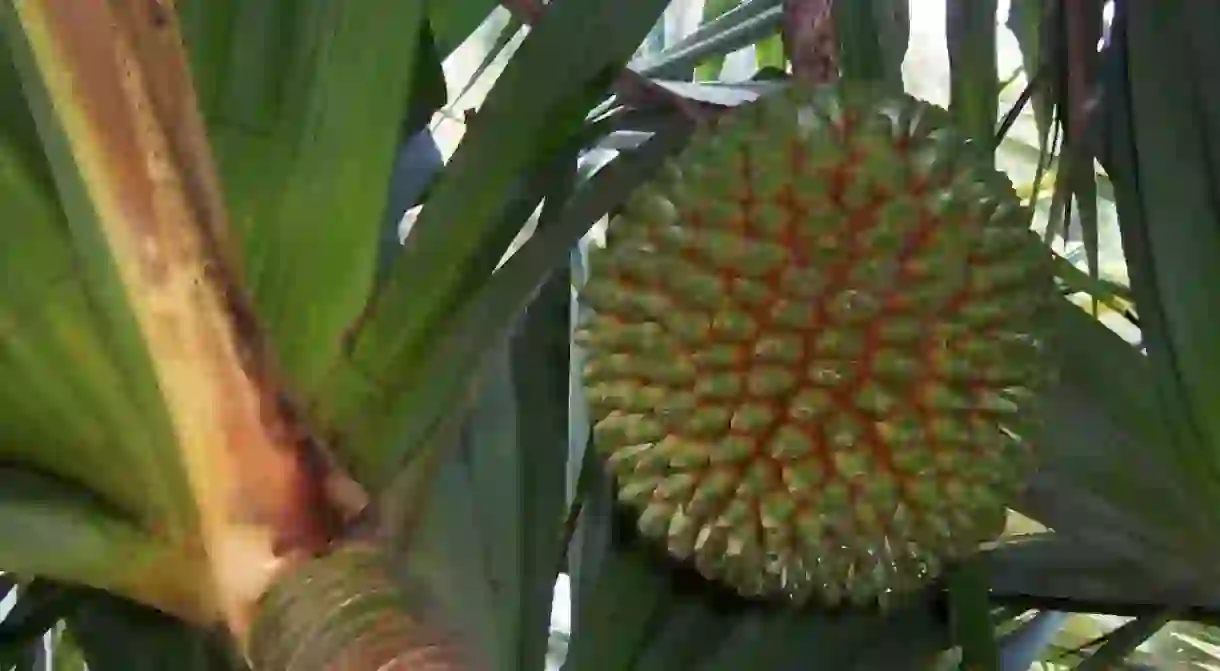This Surprising Food is Going to be Everywhere Next Year

The leafy green spice pandanus amaryllifolius (commonly known in English as the “pandan leaf”, and “bai tuay” in Laos) has been declared as the next big food trend. Acclaimed culinary journalist Nigella Lawson recently compared its upcoming popularity to avocados or matcha. Pandan leaves are used in Southeast Asian cuisine to wrap meats before barbecuing or steaming and to add flavor and color to desserts.
The leaf is now gaining popularity with chefs in America and Europe. Don’t be caught off guard when pandan leaves makes a big splash in a grocery store or restaurant near you.

The pandan leaf is fragrant on the inside and has been compared to vanilla. It has a floral and occasionally musty smell that’s released when the leaves are crushed or pressed to extract the juices. In Laos and other parts of Asia, this plant is commonly used to flavor desserts such as pastries, doughnuts, sweet rice and tapioca dishes. It also pairs really well with chocolate, as in ice cream or pudding.

If your favorite local eatery isn’t on the pandan bandwagon yet, you might try cooking with the leaves yourself. Pandan leaves are available to buy online fresh, dried, or as a live plant. Pandan leaf powder and pandan leaf extract can also be purchased to be added to recipes or drinks, likes shakes and tea. Millions of people around the world in places such as India, Malaysia, Thailand, the Philippines, and Indonesia have been using pandan leaves in their cooking for centuries.

In addition to being a flavor and color enhancer (yes, it can naturally dye food a bright green color), this leaf also packs in the health benefits both as a food and as a beauty product. Pandan leaves can both darken hair and eliminate dandruff. It can reduce blood pressure, repel mosquitoes, curb pain, improve joint health and a whole lot more. Let’s just say pandan is going to be the trendiest superfood of 2018.
There are more than 700 varieties of the pandan plant; all bear fruit, some of which are edible, as are the flowers. The screw pine flowers, also called kewra, are often used in northern Indian rice dishes.
Pandan makes regular old rice take on the flavors and scent of the more expensive basmati rice. Other savory uses of the pandan leaf include wrapping fish or chicken with the green pointy leaves and tying the leaves in a knot. The wrapped meat is then grilled over coals or deep fried.
Check out your local Asian grocery store, a Malaysian or Indian restaurant, or order yourself some online and experience the delicate sweet spice that is the pandan leaf. You will not be disappointed.














